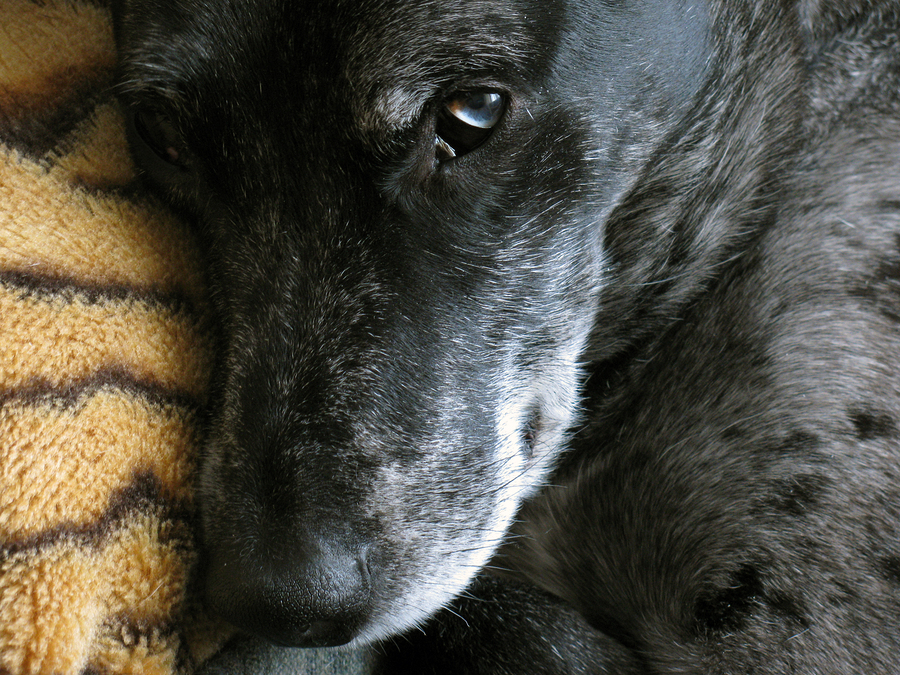

We know that not everyone spends as much time online as we do, but we also know you still want to be up to date on the latest veterinary and animal news. You just need to do it fast. Enter: Too Long Didn’t Read, which is a brief summary of some of the more interesting articles to cross our desks recently. In today’s bites, we’ve got an inspiring aspiring veterinarian, the real scoop on the canine fountain of youth, rad updates on how science and technology are helping endangered species in some previously unheard of ways, and more! Now you’ll be able to spend your coffee break talking about something besides how closely your last patient resembled Jolteon.
And you thought your lemonade stand was a game changer. A veterinary student at Colorado State University was inspired to go into vet med as a high schooler, and now he’s helping the next generation of high school students get that same inspiration by providing students in his home community with essential animal-care instruction and basic veterinary skills. Kind of makes that apron you made in home ec senior year seem insignificant, huh? —Get more at Colorado State University Source
Everyone wants their dog to live forever- is it happening? The discovery of rapamycin has a lot of veterinary health professionals pretty excited, and rightfully so — the discovery of this Easter Island compound could mean big things with regard to the longevity of our canine companions. But the head of the Dog Aging Project wants to be clear that the goal is not to help people — or dogs — live forever. —Get more at DVM360

It’s not a rare Pokémon, but it’s close. A pregnant, 6-year-old komodo dragon at the Denver Zoo named Anika had her zookeepers and staff veterinarians worried when she became lethargic and wasn’t gaining weight. An emergency exam showed that she suffered from peritonitis, and had blood and egg yolk in her abdomen. The condition, untreated, would be fatal. The staff opted to perform a rare and extremely risky surgery, and, happily, Anika not only pulled through but is now thriving. She will never reproduce, but she is expected to live another decade or so. —Get more at the Denver Post
Siri, where’s the nearest sea turtle? While your iPhone can’t quite give you that information (yet), GPS technology is helping the Nature Conservancy, scientists and community to not only understand more about how endangered hawskbill sea turtles live, breed and migrate, but also get a handle on what the current harvest rates — both legal and illegal — look like. Having that data handy will make it easier to monitor and enforce against illegal exports. —Get more at National Geographic
Didn’t they do this in Jurassic Park? Scientists are hitting the freezer to help endangered black-footed ferrets, which have exceptionally low genetic diversity. The species dropped to just 18 animals back in 1987 and came back from there — yay! — but that means there’s very little variation in their DNA, so the Fish and Wildlife Service is looking into restoring long-lost DNA from frozen specimens in zoos and museums to the population via clones that would breed with the existing population. (They’re also giving prairie dogs — the ferrets’ main food source — vaccinated M&Ms by drone, so, you know, they’re not opposed to thinking outside the box.) —Get more at Popular Science